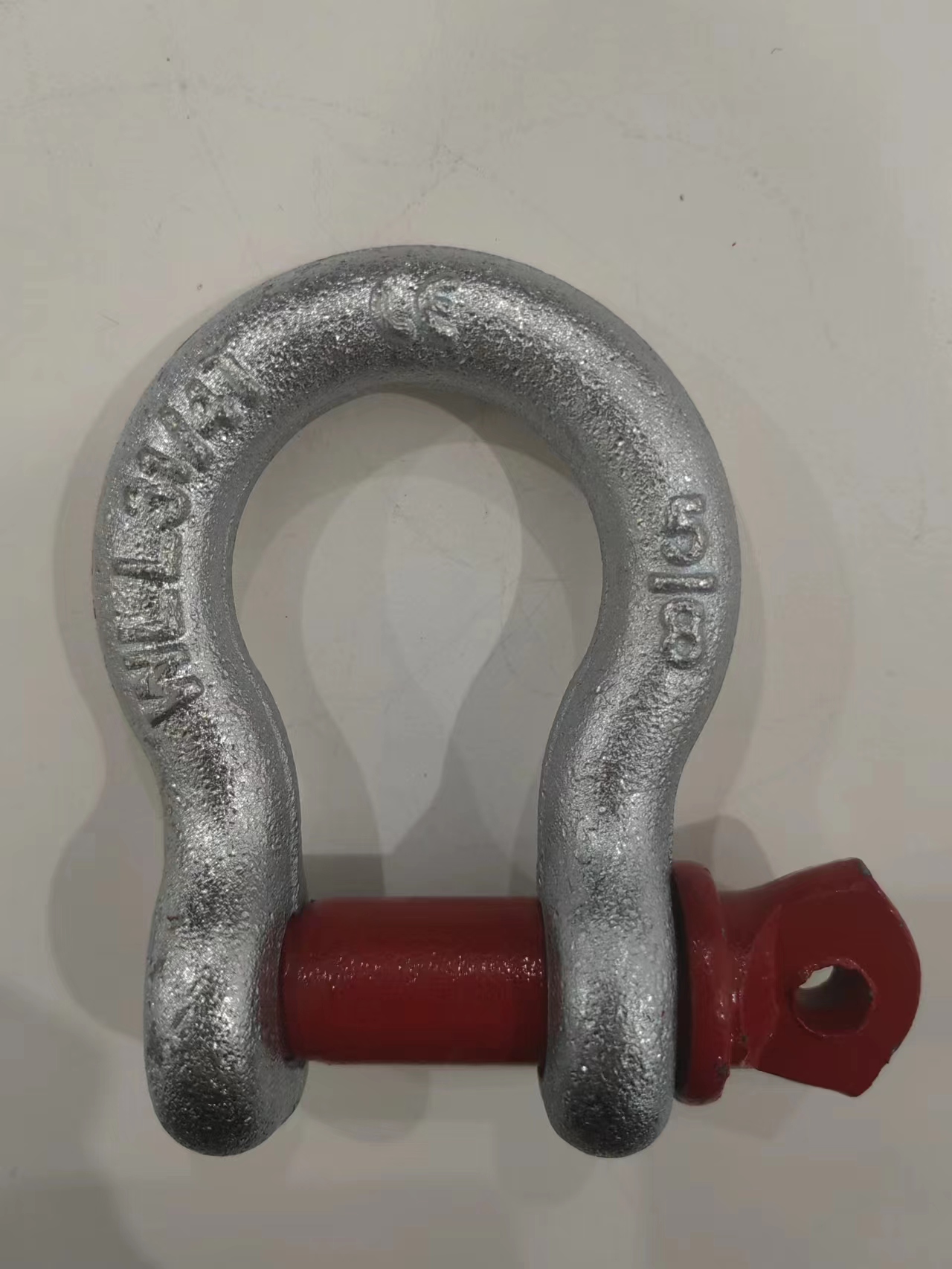News
Sep . 22, 2024 19:25 Back to list
lifting chain hook types
Understanding Lifting Chain Hook Types A Comprehensive Guide
Lifting chain hooks are essential components used in a variety of lifting operations, providing critical points for securing and attaching loads. This article aims to explore the different types of lifting chain hooks, their unique features, and their appropriate applications in various industries.
1. Standard Hooks
Standard lifting hooks are the most commonly used type. They feature a simple design with a curved profile that allows for quick attachment and detachment of chains, slings, or other lifting devices. These hooks are ideal for general lifting purposes across numerous sectors, from construction to warehouse operations. Their durability and ease of use make them a preferred choice for many operators.
2. Safety Hooks
Safety hooks add an extra layer of security during lifting operations. Equipped with a locking mechanism, these hooks prevent accidental disengagement of the load. Safety hooks are particularly beneficial in industries where the risk of dropped loads is significant, such as in construction sites or during heavy machinery operations. They come in various designs, including self-locking and screw-lock types, which cater to different operational needs.
3. Clevis Hooks
Clevis hooks are characterized by their unique design that includes a clevis, or U-shaped fitting, allowing for easy attachment to a chain or lifting device. These hooks are highly versatile and are often used in conjunction with chain assemblies. Clevis hooks ensure a robust connection, making them suitable for heavy-duty applications like towing and rigging in industrial settings.
lifting chain hook types

4. Shackles with Hooks
Combination hooks, which integrate a hook and a shackle, are designed to enhance the lifting process further. The shackle allows for a more substantial connection to various lifting devices, while the hook facilitates the quick attachment of loads. These hooks are particularly advantageous in environments where functionality and convenience are paramount. Operators can easily connect and disconnect loads without compromising safety or performance.
5. Pneumatic and Electric Hooks
In modern lifting applications, pneumatic and electric hooks are increasingly being utilized. These hooks utilize air pressure or electric power to operate, providing a mechanical advantage and facilitating the movement of heavier loads. They are often found in automated environments, such as factories and manufacturing plants, where speed and efficiency are crucial. The integration of advanced technology allows these hooks to handle complex lifting tasks with ease.
6. Application-Specific Hooks
Certain applications may require specialized hooks designed for specific tasks or environments. For instance, swivel hooks allow for 360-degree rotation, providing flexibility when positioning the load. Other specialty hooks may be designed for certain loads, such as those used in the shipping industry for container lifting. Understanding the particular requirements of your lifting operation is essential for selecting the appropriate hook type.
Conclusion
Selecting the right lifting chain hook is crucial for ensuring the safety and efficiency of lifting operations. By understanding the various types available and their specific applications, operators can enhance their lifting practices and reduce the risk of accidents. Prioritizing quality and safety in hook selection not only protects the equipment and personnel involved but also promotes operational success across diverse industries. Always consult with industry standards and professionals to ensure compliance and optimal performance when choosing lifting chain hooks for your needs.
